Oberve the given Venn diagram and write the complement of A.
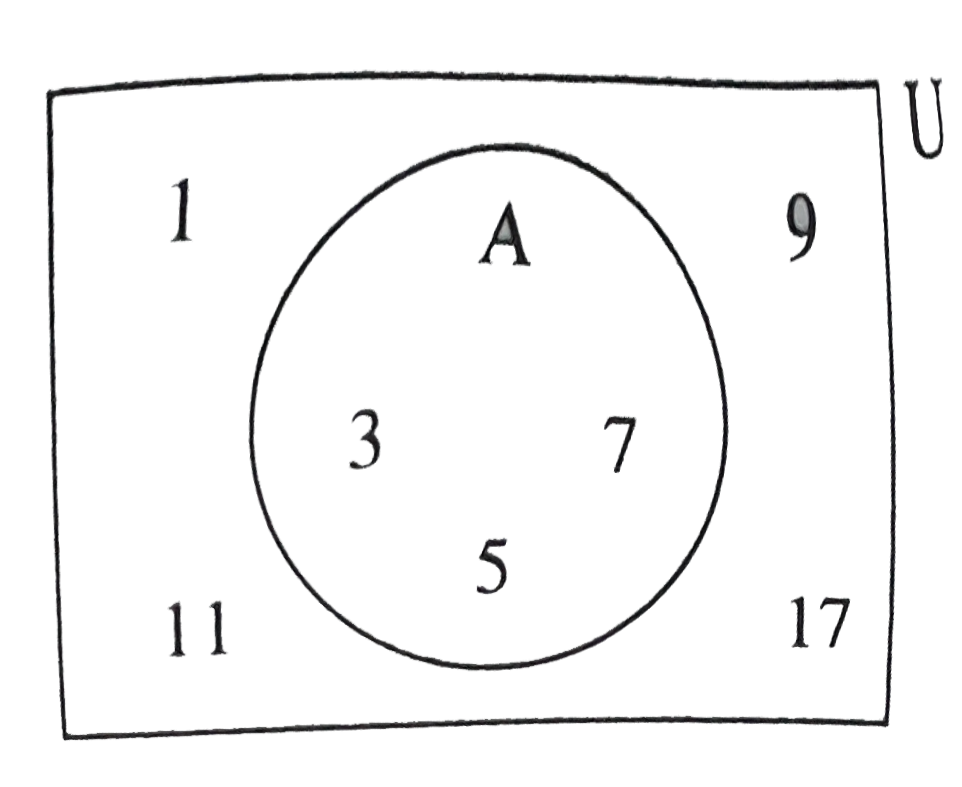
Video Solution
Text Solution
A≡{1,9,11,17}
|
Topper's Solved these Questions
- PRACTICE QUESTION BASEDBOOK - NAVNEET PUBLICATION - MAHARASHTRA BOARDCHAPTER - PRACTICE QUESTION BASEDEXERCISE - REAL NUMBERS
21 Videos
- PRACTICE QUESTION BASEDBOOK - NAVNEET PUBLICATION - MAHARASHTRA BOARDCHAPTER - PRACTICE QUESTION BASEDEXERCISE - POLYNOMIALS
13 Videos
- MODEL QUESTION PAPERBOOK - NAVNEET PUBLICATION - MAHARASHTRA BOARDCHAPTER - MODEL QUESTION PAPEREXERCISE - SOLVE THE FOLLOWING SUBQUESTIONS: (ANY ONE)
2 Videos
- PRACTICE QUESTIONS BASEDBOOK - NAVNEET PUBLICATION - MAHARASHTRA BOARDCHAPTER - PRACTICE QUESTIONS BASEDEXERCISE - SURFACE AREA AND VOLUME
17 Videos
Similar Questions
Knowledge Check
Refer to the given Venn diagram and select the correct option regarding Y and Z.
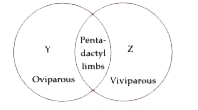 AY can be lizard and Z can be tiger.BY can be bat and Z can be ostrich.CY can be snake and Z can be emu.DY can be crocodile and Z can be frog.
AY can be lizard and Z can be tiger.BY can be bat and Z can be ostrich.CY can be snake and Z can be emu.DY can be crocodile and Z can be frog.Refer to the given Venn diagram and select the correct option regarding P and Q.
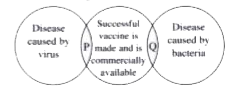 AP could be small pox whereas Q could be diphtheria.BP could be AIDS whereas Q could be malaria.CP could be common cold whereas Q could be whooping cough.DP could be typhoid whereas Q could be plague.
AP could be small pox whereas Q could be diphtheria.BP could be AIDS whereas Q could be malaria.CP could be common cold whereas Q could be whooping cough.DP could be typhoid whereas Q could be plague.Refer to the given Venn diagram and select correct statement regarding P and Q.
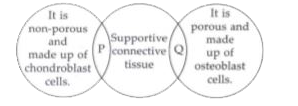 AP could be elastic and flexible whereas Q could be tough and inelastic.BMatrix of P is entirely inorganic whereas that of Q is entirely organic.CGrowth in Pis bidirectional whereas in Q it is unidirectional.DP could have rich blood supply whereas Q do not have blood supply.
AP could be elastic and flexible whereas Q could be tough and inelastic.BMatrix of P is entirely inorganic whereas that of Q is entirely organic.CGrowth in Pis bidirectional whereas in Q it is unidirectional.DP could have rich blood supply whereas Q do not have blood supply.
Study the given Venn diagram carefully.
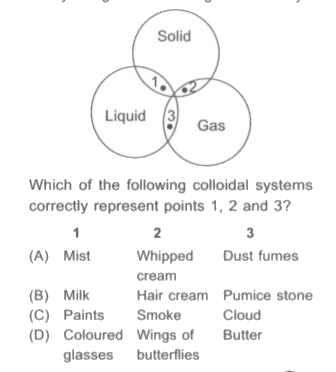
View SolutionStudy the given Venn diagram and fill in the blanks.
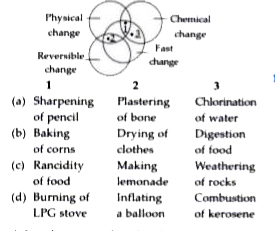
View SolutionObserve the given Venn diagram carefully and fill in the blanks by choosing an appropriate option

View SolutionThe shaded area in given Venn diagram represent

View SolutionStudy the given Venn diagram carefully and identify points 1, 2 and 3.
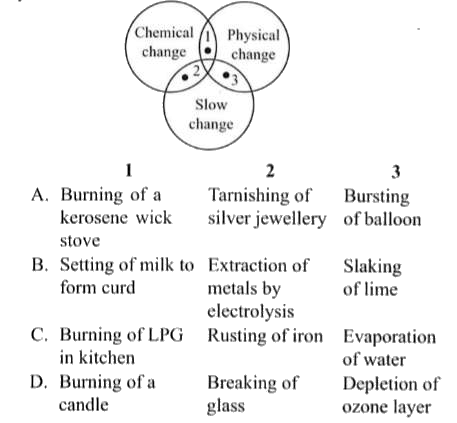
View Solution
